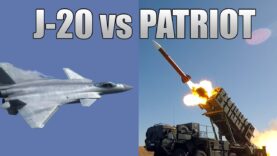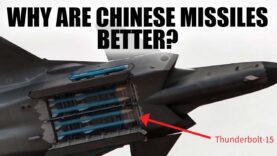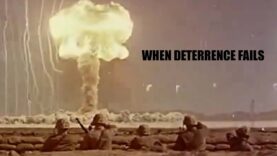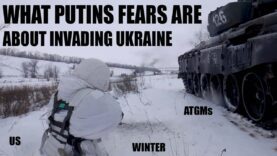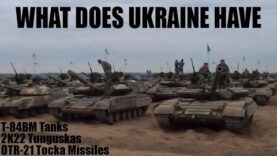What Will the US Military Look Like in 10 Years? Future of US Military
What Will the US Military Look Like in 10 Years? Future of US Military
Video Summary
The problem of the future of warfare is no longer about having the capability to do something, but rather what to do with the capabilities we have. The internet, which has revolutionized communication and data sharing, is a prime example. Warfare is now a multidomain battle, encompassing land, sea, air, space, and cyber.
The real push is towards joint operations between all branches of the military, fighting wars across every domain. Russia has successfully implemented this with its battalion tactical groups, incorporating tanks, artillery, recon, air defense, and electronic warfare. The US is also shifting towards a networked force, improving information sharing and collaboration to increase situational awareness and fighting effectiveness.
This shift towards a networked force will allow for more complex operations, such as incorporating space and cyber capabilities, and will also enable the US to do more with less. The Army’s goal is to shift to division-centric operations, which will bring greater multi-domain capabilities.
The US attention is now focused on the Pacific, as China’s growth has become a significant concern. The US is repositioning ships, submarines, and forces in the region, while strengthening ties with allies like Japan and South Korea. The US is also keeping a watchful eye on China’s artificial islands in the South China Sea.
New weapons and technologies will not change much in the next decade. The F-35 program has taken nearly 20 years to become operational, and even then, only in small numbers with numerous problems to resolve. The biggest change will be in air defense, with the widespread use of small, inexpensive drones and the development of directed energy defenses like lasers.
One of the most significant technological changes is the PSQ-90, which combines night vision, thermal imaging, and even newer ENVG systems. These have brought night vision and situational awareness to the level seen in sci-fi movies and video games. The challenge is to use this technology effectively, identifying vital information, and not allowing it to distract from the mission.

